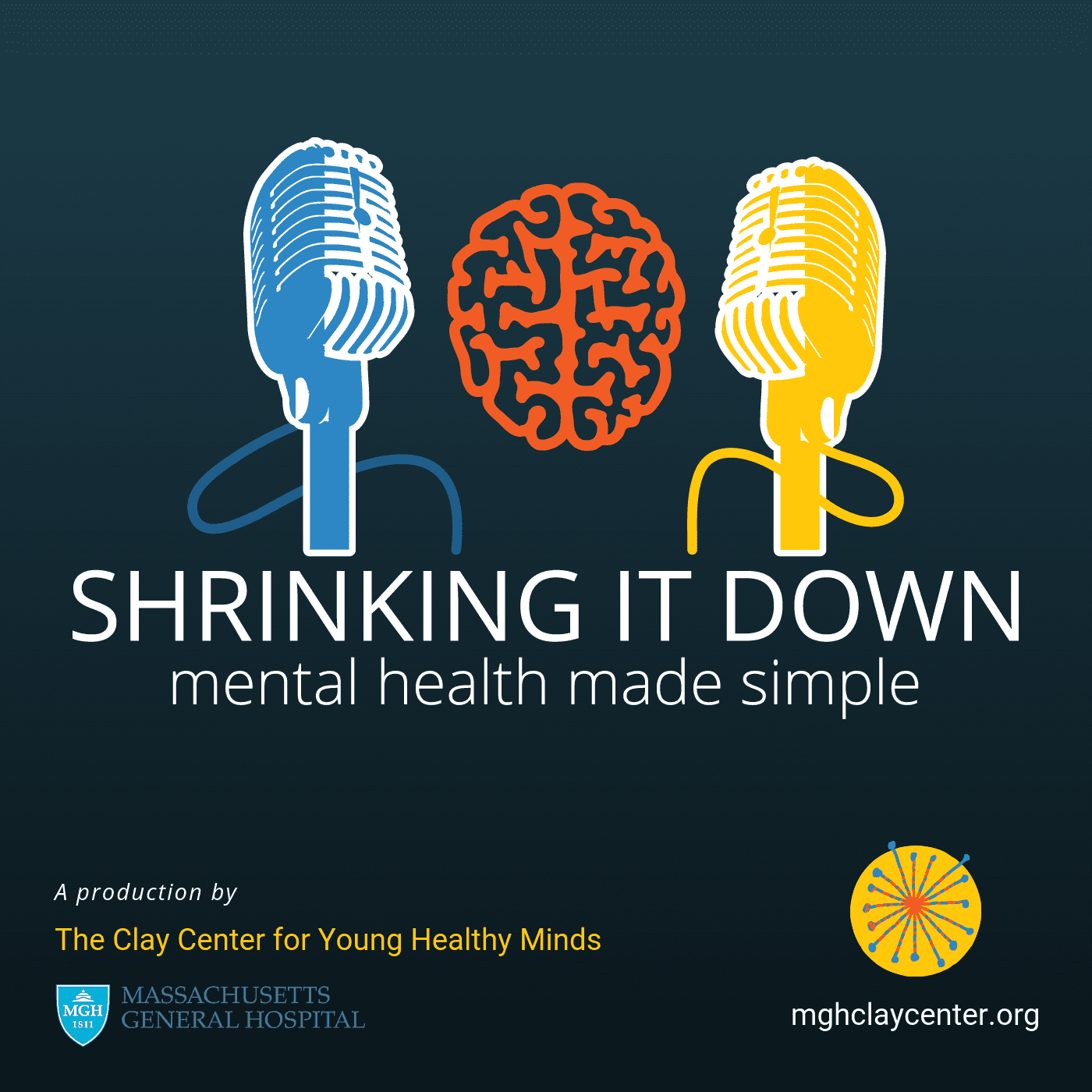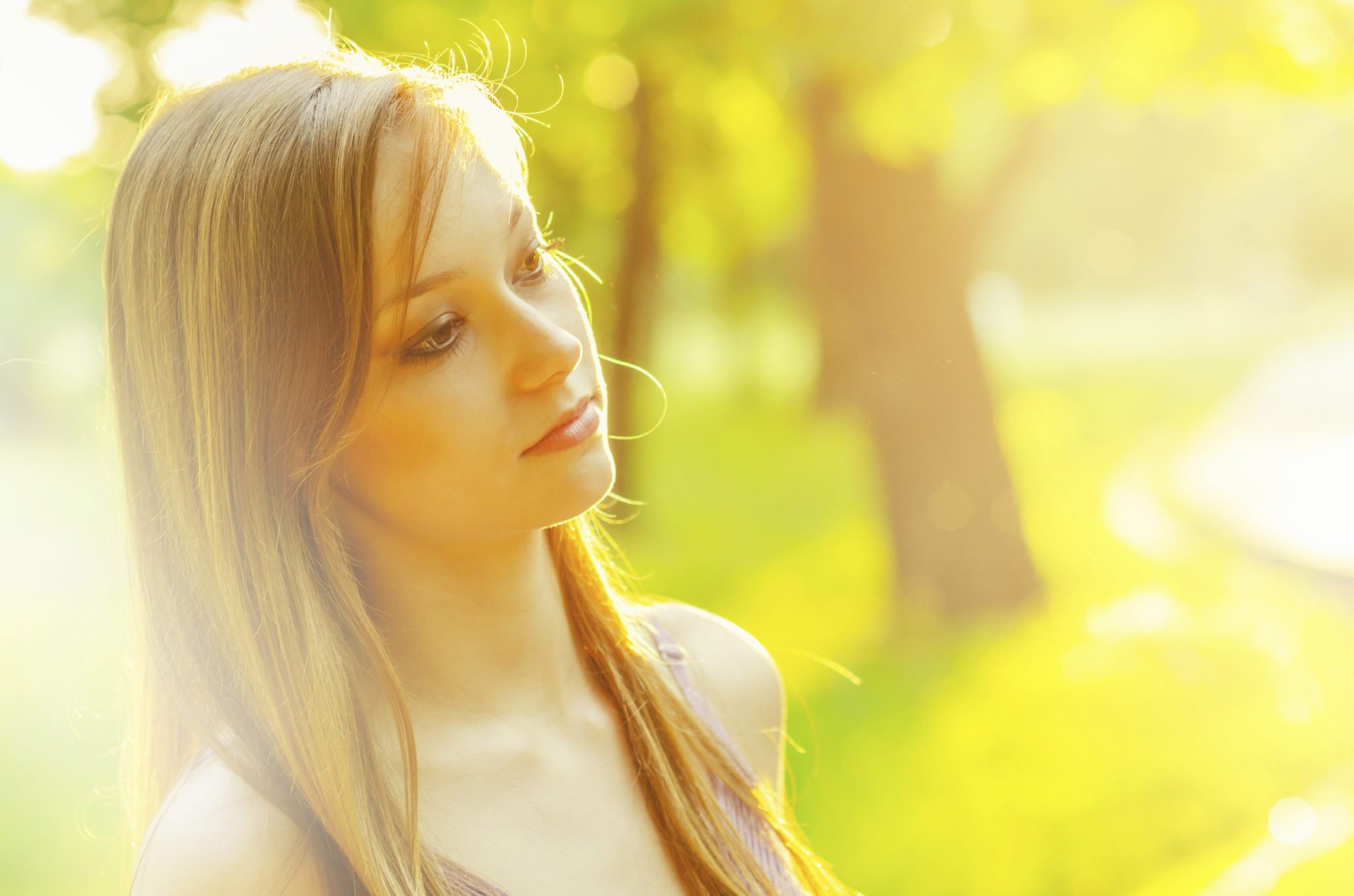Coping with Seasonal Affective Disorder (SAD)

Posted in: Hot Topics, Parenting Concerns
Topics: Depression, Healthy Living
On those winter mornings when the darkness of night gives way to yet another gray day, lots of us struggle to get motivated to do anything more active than to pull those covers back over our heads and pretend that we’re bears. “Can’t we just sleep through this bleak weather?” or, “Wouldn’t it be awesome to wake up after a refreshing 3,000 hour nap and breathe in the sweet smell of blooming wildflowers?” we contemplate.
We didn’t evolve to hibernate, as much as we might wish that we could when the days get shorter and the light gets darker and it feels as if there’s little to motivate us.
So, here we are again. Welcome to another episode of “The Wintertime Blahs.” Doesn’t that sound more descriptive than Seasonal Affective Disorder? We all know what it means each winter when we crave unhealthy amounts of espresso and ample helpings of comfort food. Salmon salad? Please. Beef stew. Shepard’s Pie. And then back to bed, with our socks on, covers pulled high.
This season gets to the best of us. I see it in my patients, and I see it in myself. This matters, of course, because these lousy moods affect parents and kids alike. Seasonal Affective Disorder (SAD), has perhaps the best acronym of all psychiatric syndromes. You can read about the criteria for this syndrome here, but I should say that most of us experience some of these feelings when the skies get consistently gray, even if we don’t show all of the symptoms.
Importantly, there are things we can do to make us feel better.
But first, we have to understand the problem. There is some pretty cool science that can be reassuring. You’re not imagining that you feel worse in the winter. In some ways, it’s all about location.
The Science Behind SAD
People who live way north or way south are at higher risk for feeling blue during the winter. The length of the day changes more dramatically the further we get from the equator, and people who move further south or further north know this well. There are even some fascinating studies showing that people with the means to move to warmer locations will do so more often if they appear to have a genetic vulnerability to depression and SAD.
On the flip side, there’s also body of literature showing that some people seem relatively psychologically immune to shorter, colder days. For example, Icelandic populations appear to have a lower prevalence of SAD than other populations, even when living in the same location. If the length of the day alone were the sole predictor of mood, you’d expect these hardy Icelander types to fare as poorly as the rest of us. That has led some to suggest that the thousands of years that contribute to Icelandic heritage genetically protect Icelanders against the effects of SAD.
And then there’s the issue of our circadian rhythms. These cycles are controlled in our brains by the suprachiasmatic nucleus and the pineal gland. Of course, it’s not necessary to know words like “suprachiasmtic nucleus” or “pineal gland” to fight off “The Wintertime Blahs,” but the terms themselves are so cool that I felt compelled to throw them around. Feel free to use them the next time someone gets on your case about not being active enough in the wintertime.
Fluctuations in melatonin also help our brains to register light and appear to affect how our mood responds to light, as well. However, the role of melatonin fluctuations is better understood in animals with more clearly demarcated seasonal behaviors. Animals that hibernate have shown us this. Remember those lucky bears? Well, it turns out that bears don’t actually hibernate. (That’s the subject of a different blog.) Squirrels and turtles and all sorts of other animals hibernate plenty, though, and that’s where we get our data. These hibernating animals have huge shifts in melatonin. At this point, we humans don’t tend to do that much better when we utilize melatonin as a means of managing our moods during winter. Believe me. I’ve tried.
We also know that a bunch of neurotransmitters play significant roles in the onset of SAD. Serotonin, which sometimes seems as if it’s involved in every aspect of human emotion, seems less active during shorter days. The same goes for norepinephrine. Both of these chemical findings have contributed to treatment recommendations.
Finally, there is a cruel paradox to SAD. The stuff that makes you feel better during winter is exactly the stuff that you don’t really want to do when the days are so short.
I keep writing about comfort food and sleep and basically being a slug during winter. There is a body of literature that suggests that evolution works against our moods when the days grow shorter. Many researchers have noted that our bodies store fat and that we are also compelled to exercise less during winter as an adaptive measure for conserving energy. Having said that, there is very good evidence that eating better and exercising more makes SAD less burdensome.
Strategies for Coping With SAD
So, let’s play with the science and generate some strategies. As I hope I’ve made clear, most of us will experience some worsening of mood as the days get shorter. As the length of days varies more as a function of latitude, it makes sense that we’ll all be vulnerable at extremes of North and South. People in Boston will be more affected by SAD than will people in Miami. People in Santiago will be more affected than will people in Sao Paulo.
If you can, get to a warmer climate and a longer day. That’s of course not always possible or feasible, but it has been associated with feeling better from SAD. If you come back from Hawaii and think that you’re feeling better, that’s because you are. There is good evidence that your brain has reset itself due to the change in environment. The length of this effect varies from person to person, but it’s a real thing.
You can also bring the longer day to you. Light therapy is quite effective, and adequate sources of light can be purchased for around $200 and up to $800. Current recommendations include using a 10,000 Lux bulb (thus mimicking the UV rays of our sun) and spending about 30 minutes every morning at a 12- to 18-inch distance away. Although you need not look directly into the light, studies show that this intervention is most effective if your eyes are open during this time. Check with your ophthalmologist first to make sure that it’s OK that your eyes are exposed to this kind of light.
Psychotherapy may help. Cognitive Behavioral Therapy (CBT), for example, is a kind of behavioral therapy that helps change negative thinking into positive thinking.
Medications have been helpful for many. Given the association with serotonin and norepinephrine, medicines that increase these neurotransmitters are recommended. Check with your doctor about whether this is a good option for you.
Don’t forget about healthy habits. And, of course, there are the old nemeses, like healthy eating and exercise. I know, I know. Who wants to do that when it’s so cold out? But if you get out and about, even for half an hour a day, you’ll feel better. Eating more healthily increases serotonin precursors in your diet, and exercise itself generates chemicals that keep neurons healthier. Don’t underestimate the benefits of good sleep hygiene – going decaf, unplugging before bed. All of these can also help to prevent symptoms of Seasonal Affective Disorder.
Get your kids outdoors, get yourselves outdoors. In fact, get your whole community out and about. That’ll go a long way toward fending off “The Wintertime Blahs.”
Finally: Winter ends. That’s a really good thing to keep in mind.

 Share
Share Tweet
Tweet




